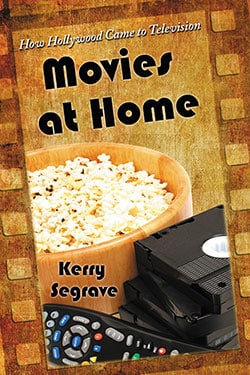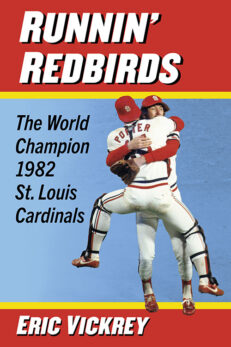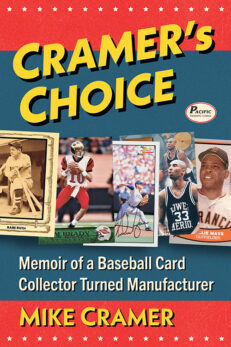Movies at Home
How Hollywood Came to Television
$29.95
In stock
About the Book
The relationship of Hollywood and television, initially turbulent, has ultimately been profitable from the first sally in what was expected to be a war of attrition, up through the soliciting of movies by major networks, independent stations, basic cable networks, premium cable channels, pay-per-view systems and even the corner video store.
When their initial efforts to acquire ownership interests in television outlets were thwarted, Hollywood’s major movie studios determined to withhold from the tube not only their films but also their actors, no doubt in hopes of making the rival medium appear a weak substitute for cinema. With ticket sales shrinking and television set purchases booming, the studios, erasing their last contemptuously drawn line in the sand, grudgingly released their films to television—and made a fortune.
About the Author(s)
Bibliographic Details
Kerry Segrave
Format: softcover (6 x 9)
Pages: 263
Bibliographic Info: notes, bibliography, index
Copyright Date: 2009 [1999]
pISBN: 978-0-7864-4080-1
Imprint: McFarland
Table of Contents
Preface 1
1. Hollywood Sits on Its Assets, 1940s–1955 3
2. Hollywood Launches Its Assets, 1940s–1955 21
3. TV Surrenders, 5,000 Times a Week, 1956–1961 45
4. Television Defends Its Honor, 1956–1961 63
5. Hollywood Goes Primetime on the Networks, 1961–1975 79
6. A New Genre: The Made-for-TV Movie, 1961–1975 105
7. Cut, Colorized, Panned and Scanned, 1976–1998 123
8. Movies from the Sky, or the Corner Store, 1976–1998 159
Notes 201
Bibliography 229
Index 251
Book Reviews & Awards
“an easy read…jammed with fascinating statistical data”—Choice; “heavily researched…extremely informative”—Classic Images.





